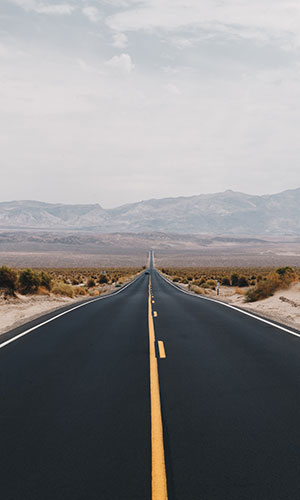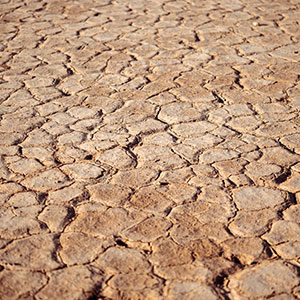Overlanding on the Death Valley Trail
Published on June 14, 2021
Next up on our trail series we bring you overlanding on the Death Valley trail. Death Valley is one of the most beautiful places in all of America, and it is also known as being one of the hottest places in America at the same time. With so much room to explore throughout the National Park, it is a great spot for you to go overlanding. You will also most likely have to get a permit in order to camp in the valley since it is a national park, but that is something we will discuss in greater detail later on.
How Difficult is Death Valley’s Trails?
There are four different off-roading trails in Death Valley, with one being considered easy, two earning a hard rating, and the last being in the middle. Today we will be discussing one of the hard trails as it seems to be the most popular option. This trail is known as the Echo Pass and Inyo Mine Loop and is a total length of 7.3 miles. Even though this may seem short for a road, it does include 1,302 feet of elevation gain. To be clear you are going to have to pay a fee to go on this loop and get into the park, which is $30 per vehicle.
Based on prior experience you are going to have to stop at some points and have a spotter help you from outside of the vehicle. It would also be helpful if you got a lift kit on your vehicle above the standard set. What also makes this trail fun is that there are not many other travellers on it so you have the whole loop to yourself. Although this can be dangerous if you get stuck, so pay close attention to the section below about what to bring.
What Should You Bring to Overland in Death Valley
The first thing that you need to bring above all else is water. Assuming that you will be traveling to Death Valley in the summertime as many do, it is the hottest part of the country. With this heat on you for most of the day you are going to want to bring a large amount of water with you, and definitely a working air conditioner as well. On top of water, you are also going to need to bring sunscreen along, because the last thing you want to happen is to get sun poisoning or cancer on top of your possible dehydration.
Another item that you may find helpful is a spray fan. If you do not know what this is then we highly recommend you google it real quick. Essentially it serves as a hand held battery powered fan, which can squirt out sprays of water to also keep you cool. On top of this cooling tool, a nice bucket hat is certainly worth bringing along on this trip as well.
How to Prep for Death Valley

Arguably the most important piece of this article, we have how to prep for Death Valley. Based on how hot the conditions are and the immense amount of the sun, we highly suggest spending a lot of your days out in the sun prior to making your trip to the area. Getting exposure to the sun early and often will have you prepared for the hot conditions of the valley. This will also give you a better idea of how to prepare for the conditions, before you learn what does and does not work the very hard way. It is better to experiment with different things out in the sun at home before you turn up the temperature and sun exposure in Death Valley itself. Now we do not recommend purposely depriving yourself of water leading up to the trip since that does not have much benefit. Instead go in ahead of time drinking plenty of water prior to your trip to have your body as hydrated as possible before it is too late.
Overall, Death Valley can be quite the experience because of the high heat but fun off-roading trails. You are going to be on your own once you get into the valley with not much help around, so keep that in mind as well. Bring lots of water and ideally have a working air conditioner or fan as well as sunscreen and a good hat. Enjoy overlanding on the Death Valley trail!
Where to Camp Along the Death Valley Backcountry
Furnace Creek Campground near Death Valley, CA
Death Valley National ParkLocation: 36.4631837, -116.8688786
Cost: 22
Mesquite Spring Campground
Death Valley National Park | First Come / First ServeLocation: 36.9627667, -117.3677389
Cost: 14.00 / night
View DetailsWild Rose Campground near Harrisburg, CA
Death Valley National Park | CampgroundLocation: 36.2657861, -117.1903773
Sunset Campground
Death Valley National ParkLocation: 36.4588448, -116.8724728
Mahogany Flat Campground near Panamint, CA
Death Valley National Park | Primitive CampgroundLocation: 36.2300275, -117.0770965
View DetailsTexas Springs Campground
Stovepipe Wells Campground
Saline Valley Warm Springs
How Do I Get to Death Valley?
If you do not already know where Death Valley is, it is located west of Las Vegas, Nevada. Technically Death Valley is actually in southeastern California, located in Inyo county which is where the off-road trail from earlier gets its name. The valley itself is about 140 miles long and between 5 to 15 miles wide depending on the area. Besides flying to California, for specifics about how to get to Death Valley we suggest entering the location in your GPS for further details.
